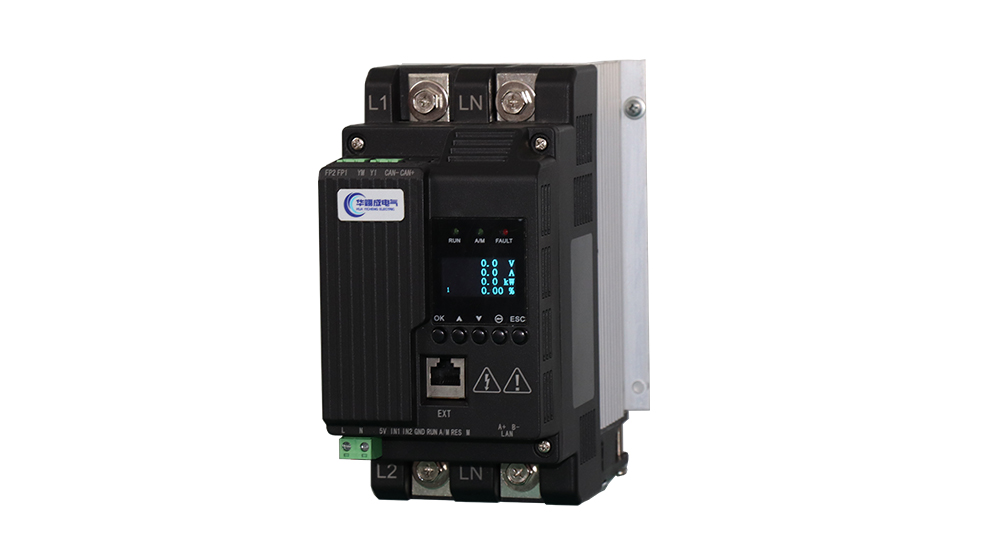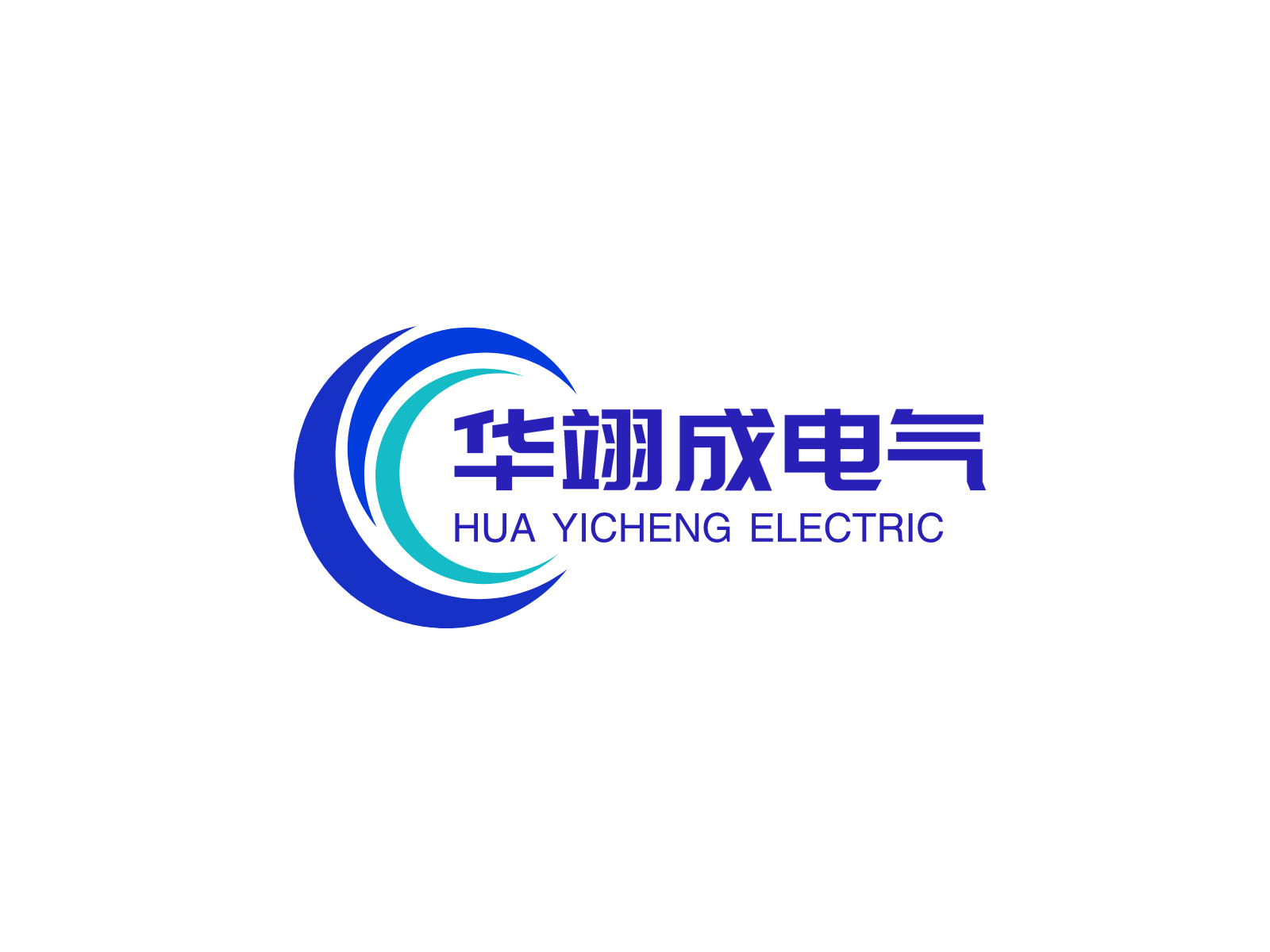The thyristor voltage regulator plays an extremely important role in the circuit. Let's take a look at its principle: The thyristor voltage regulator mainly consists of 3 parts:
Display appearance and signal processing system: output various parameters in the form of digital meter or analog meter.
Main circuit: composed of a dcdc converter that controls a triode and an integrated block;
Protection circuit: including an overvoltage protection and current limiting protection diode and some photoresistors, etc.;
characteristic
1. Small size and light weight
2. Good stability
3. High precision
4. Low power consumption
5. Fast response speed
6. Strong anti-interference ability
7. Long service life. Fields of use: SCR voltage regulators are widely used in electric power, metallurgy, petroleum, chemical industry and other industries. For example, soft starters used in motor soft-start equipment work based on the principle of SCR voltage regulation. .In addition, thyristors can also be used in the inverter part of the frequency converter.
Working principle diagram of the step-down speed regulator. When any 2 phases of the 3-phase power supply are triggered by the thyristor, a voltage pulse signal is generated and added to the 2 terminals of the thyristor. When the voltage reaches a certain value, the 2-pole tube is triggered to conduct, causing the The main circuit current increases. At the same time, because there is a feedback effect on the secondary side, the main circuit current decreases; when there is no feedback effect on the secondary side, the opposite is true. In this way, after a period of operation, as the load changes and the adjustment time changes to reach a stable state.
In actual use, flyback circuits are generally used to control the soft start, stop and speed adjustment of AC motors. The main circuit of the flyback inverter is composed of a rectifier bridge, an inverter bridge, a filter capacitor and a reactor. .
The basic principle is:
The industrial frequency power supply is boosted by the transformer and supplied to the DC chopper controller or lubrication controller as the excitation power supply; then it is rectified and filtered to obtain the DC pulsating voltage and supplied to the inverter for power conversion; then the inverted high-frequency signal is added to The PWM control gate is modulated to obtain the required output frequency. This inverter has a simple structure but low power, and many harmonic components affect the quality of the power grid. Therefore, it is rarely used in industrial situations.




